One of the benefits of living in a Dungeons & Dragons fantasy world is that injuries can easily be shrugged off, as there are magical powers that can close cuts with a word, while potions can be chugged to make bruises vanish. Players have many options for healing, some of which are useful based on the circumstances upon which they’re needed.
The easiest way to heal damage in D&D 5E is through magic. In all cases, healing spells and class abilities refresh after a long rest, so there’s no reason to hoard them if needed. The main healing classes are the Bard, Cleric, and Druid, though the Artificer, Paladin, and Ranger also have healing powers or spells they can call on.
Related: Dungeons & Dragons: Starting Tips For New Dungeon Masters
DnD 5E: How To Heal With Magic
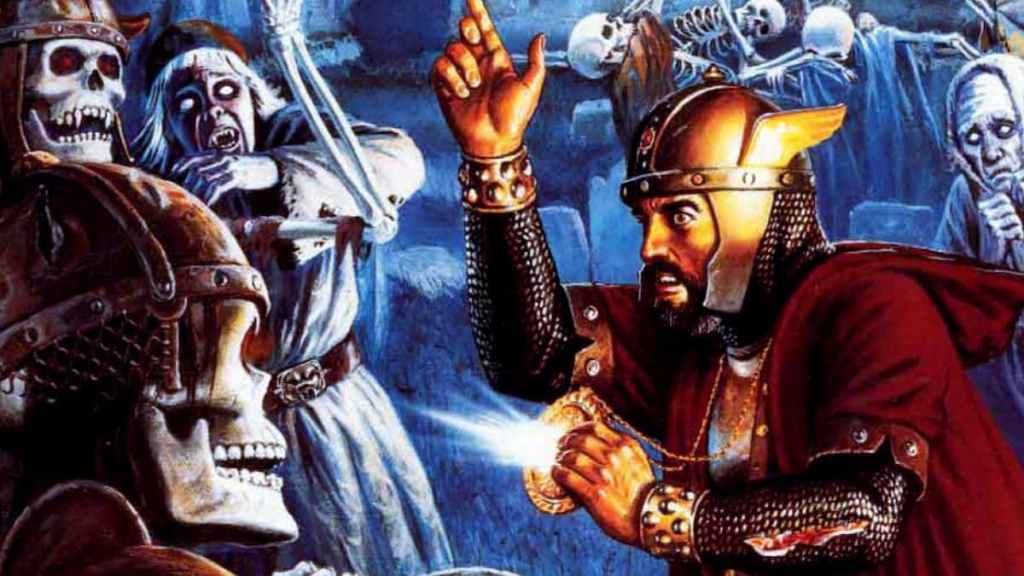
The most common healing spells are cure wounds and healing word, both of which can be improved by spending higher-level spells slots. Cure wounds heals more damage but requires a full Action to cast, and the caster needs to touch the target, which might be difficult in combat. Healing word restores less damage than cure wounds, but it can be used from a distance and only requires a Bonus Action to cast, so they can also use a Cantrip in the same round. At later levels, there are “Mass” versions of both spells that affect multiple targets.
For later levels, prayer of healing heals 2d8 + spellcasting modifier to six allies, aura of vitality lets you heal 2d6 hit points to every ally within 30ft, and it can be done once per round for a minute, heal restores 70 hit points, regenerate restores 4d8+15 hit points and one at the start of each of their turns for the duration, and power word: heal fully restores the target’s hit points.
In terms of spells that sound like they heal but don’t, aid offers temporary hit points and temporarily increases the hit point maximum by five, revivify restores a recently deceased character to one hit point, and aura of life provides several restorative benefits but doesn’t heal.
Another important healing spell in D&D 5E is goodberry. This spell creates ten berries that heal a hit point each and offer full sustenance for the day. It takes an Action to use a goodberry in combat, so it’s not great in a pinch, but the fact that it offers ten guaranteed hit points worth of healing that can be spread over multiple characters makes it a fantastic choice for those who can take it, as cure wounds and healing word are tied to dice rolls and only target one character.
If the party lacks a primary healing spellcaster, the Paladin is also a great backup healer. The Paladin gains Lay on Hands at level 1, giving them a pool of hit points equal to five times their level. It requires an Action to use Lay on Hands, allowing them to heal damage to the target. It’s worth mentioning that Lay on Hands doesn’t work on Undead or Constructs, so it’s useless on party members who are autognomes or warforged.
DnD 5E: How To Heal With Items
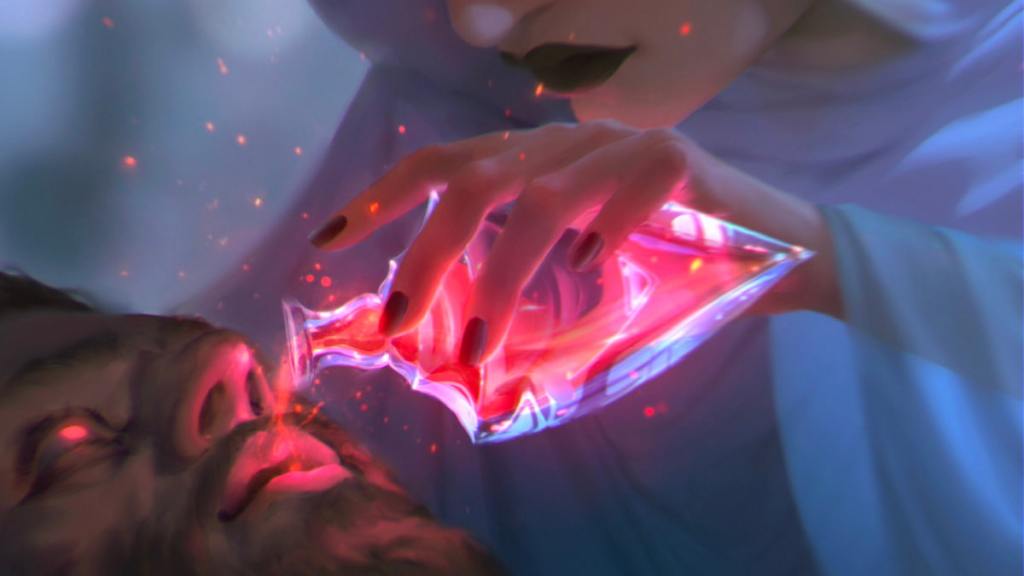
The party doesn’t always have to rely on magic or sleep to heal their wounds, as other options are available. The most common of these are healing potions, many of which can be purchased in large cities, though DMs might want to restrict their availability when players have lots of cash to spend. According to the rules, it requires an Action to use a potion in combat, though there is a popular D&D house rule regarding potions that allows you to spend a Bonus Action instead. A single healing potion heals 2d4+2 hit points and can be used on another character if needed.
There is also an item in the Player’s Handbook called the Healer’s Kit. Despite its name, the Healer’s Kit doesn’t restore hit points. Instead, a Healer’s Kit will automatically stabilize a character who is making death saves, putting them on zero hit points. A new Healer’s Kit has ten uses and takes an Action to use in combat.
Based on the name, some players might also assume that the Herbalism Kit from the Player’s Handbook aids in healing. This isn’t the case, as the Herbalism Kit adds proficiency bonus to checks involving identifying plants and doesn’t offer any healing, though it’s required if the player wants to try making antitoxins or healing potions.
DnD 5E: What You Get From A Short Rest

A short rest can happen at any point in the day. The players must rest for an hour without interruption or performing any strenuous activities. During this time, characters can spend Hit Dice to heal lost hit points. A character’s Hit Dice is the one they roll to increase their maximum hit points when they level up and is listed under their class description.
Each character has several Hit Dice equal to their level, so a level 3 Wizard taking a short rest can choose to roll up to 3d6 worth of Hit Dice in healing. The character doesn’t have to spend all of the Hit Dice in one Short Rest if they don’t want to and can save some for later. Half the character’s maximum Hit Dice spent this way are restored upon a long rest.
The main character class ability that reacts to short rests is the Bard’s Song of Rest. If a level 2 or higher Bard is with the party, they can perform to add extra healing during a short rest. Any character who uses Hit Dice to heal during a short rest can restore additional hit points if a Bard uses Song of Rest. The damage restored depends on the Bard’s level, with 1d6 at level 2, 1d8 at level 9, 1d10 at level 13, and 1d12 at level 17.
These are all of the class abilities that refresh on a short rest:
- Artificer – Right Tool For The Job (Level 3)
- Barbarian – Relentless Rage (Level 11)
- Bard – Font of Inspiration (Level 5) allows Bardic Inspiration to refresh on short rest.
- Cleric – Channel Divinity (Level 2)
- Cleric (Knowledge Domain) – Visions of the Past (Level 17)
- Druid – Wild Shape (Level 2)
- Druid (Circle of the Land) – Natural Recovery (Level 2)
- Fighter – Second Wind (Level 2)
- Fighter – Action Surge (Level 2)
- Fighter (Battle Master) – Combat Superiority (Level 3)
- Monk – Ki (Level 2)
- Paladin – Channel Divinity (Level 3)
- Sorcerer – Sorcerous Restoration (Level 20)
- Warlock – All Spent Spell Slots
- Warlock – Pact Of The Blade (Ritual) – Level 3
- Warlock – Book Of Shadows (Ritual) – Level 3
- Wizard – Arcane Recovery – Level 1
- Wizard – Signature Spells – Level 20
DnD 5E: What You Get From A Long Rest
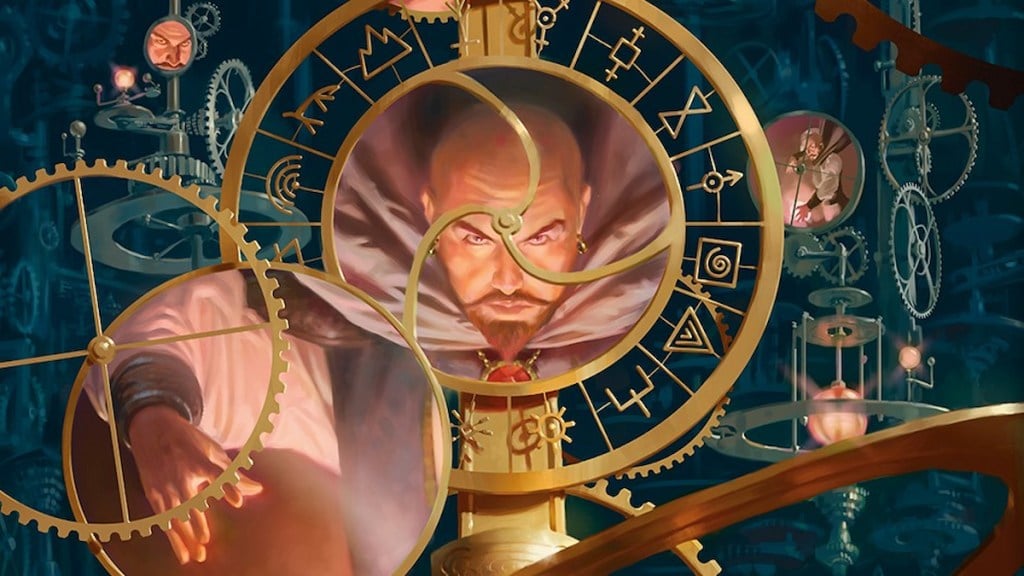
A long rest is one of the most important things the party needs to prepare for, as it restores all lost hit points, spell slots, and character class abilities. For a long rest to work, the party must rest for eight hours, including sleep and light activities, including standing watch. If the long rest is interrupted, such as by monsters attacking the party, then the group needs to restart the eight hours to gain the benefits of the long rest.
The party can only perform one long rest per twenty-four hours. This means that if the group has a big encounter early in the day and they burn through their resources, they can’t just take another long rest to get them back. If the players are lucky, the DM will waive this rule if needed and let them take multiple long rests.
Related: DnD: How To Easily Adapt Monsters From Movies & Video Games
It bears mentioning that not all characters need to sleep for eight hours. Depending on race, some characters require less sleep, such as elves, who must enter a trance for four hours. This is helpful for the players when preparing watch orders, as some races can be active while others sleep. The party should try and maximize the sleep schedule of the members to keep as many people aware as possible during the night.

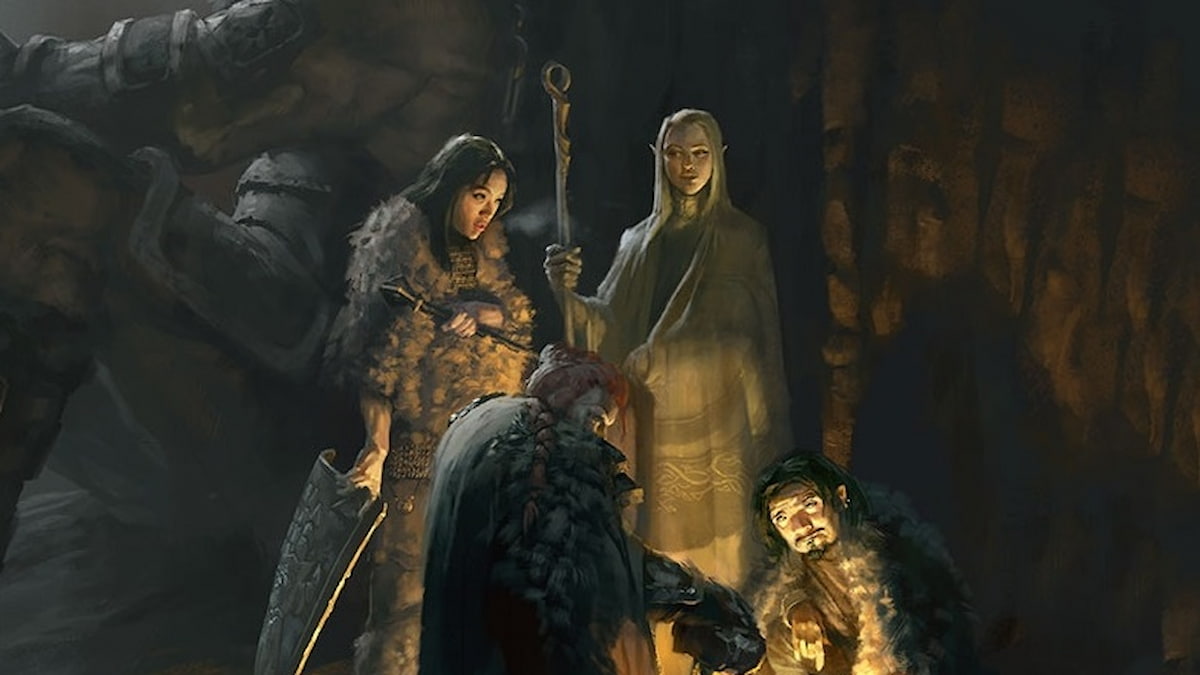


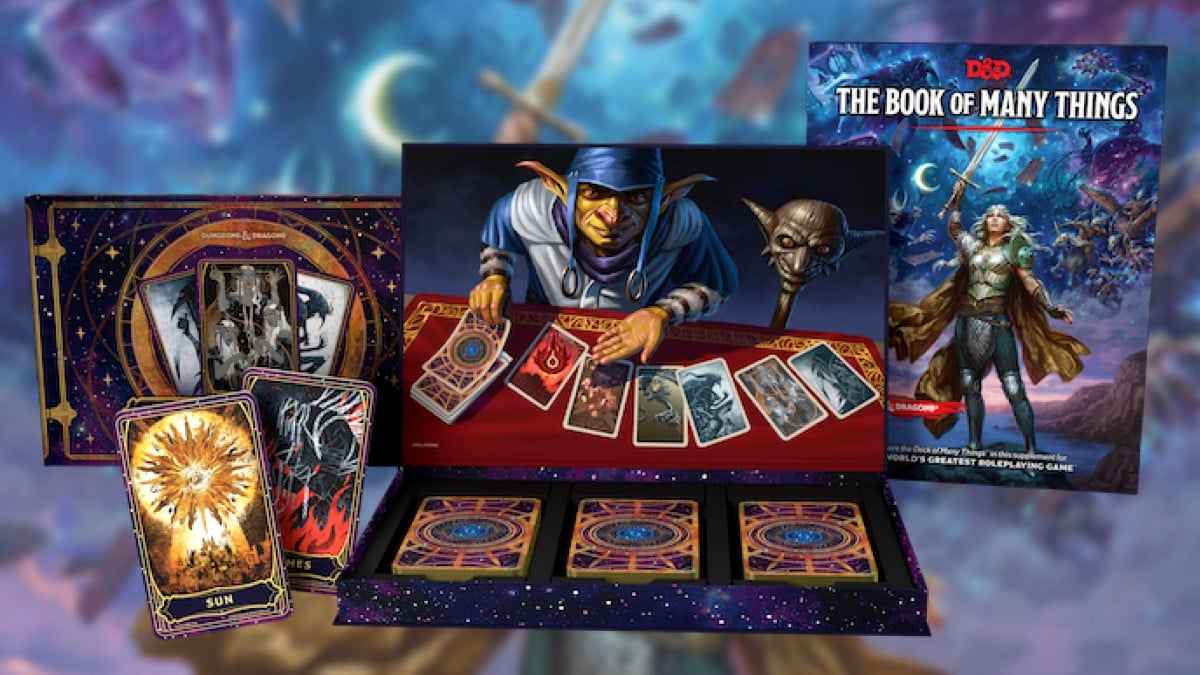
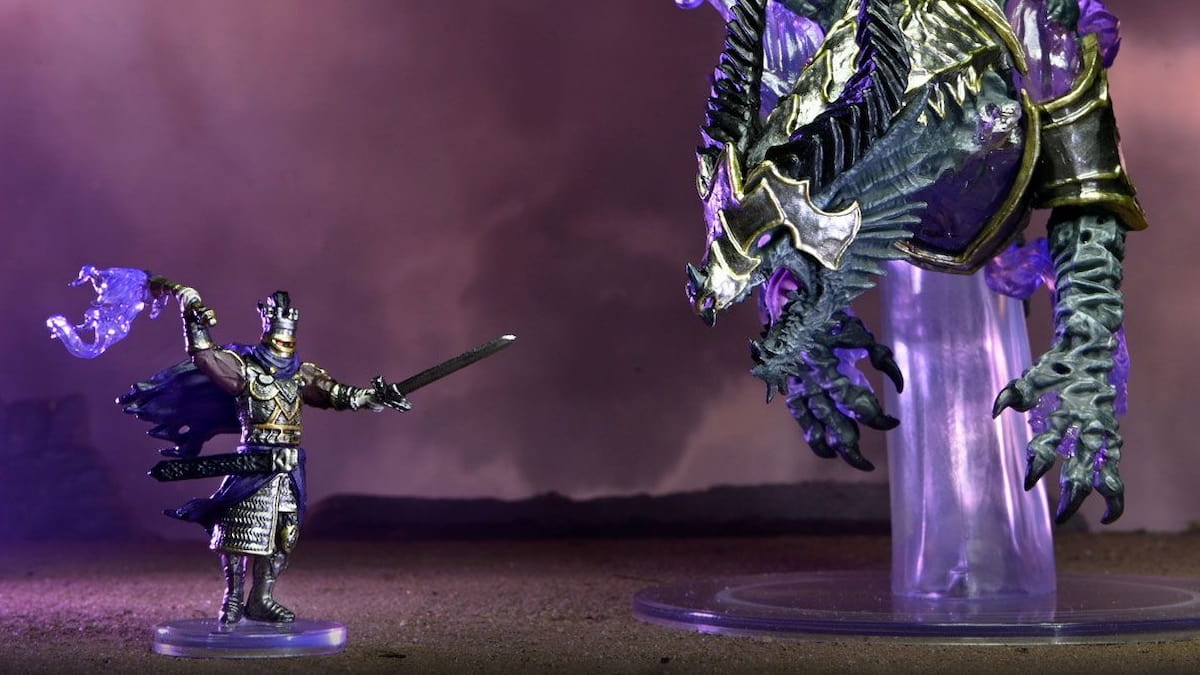
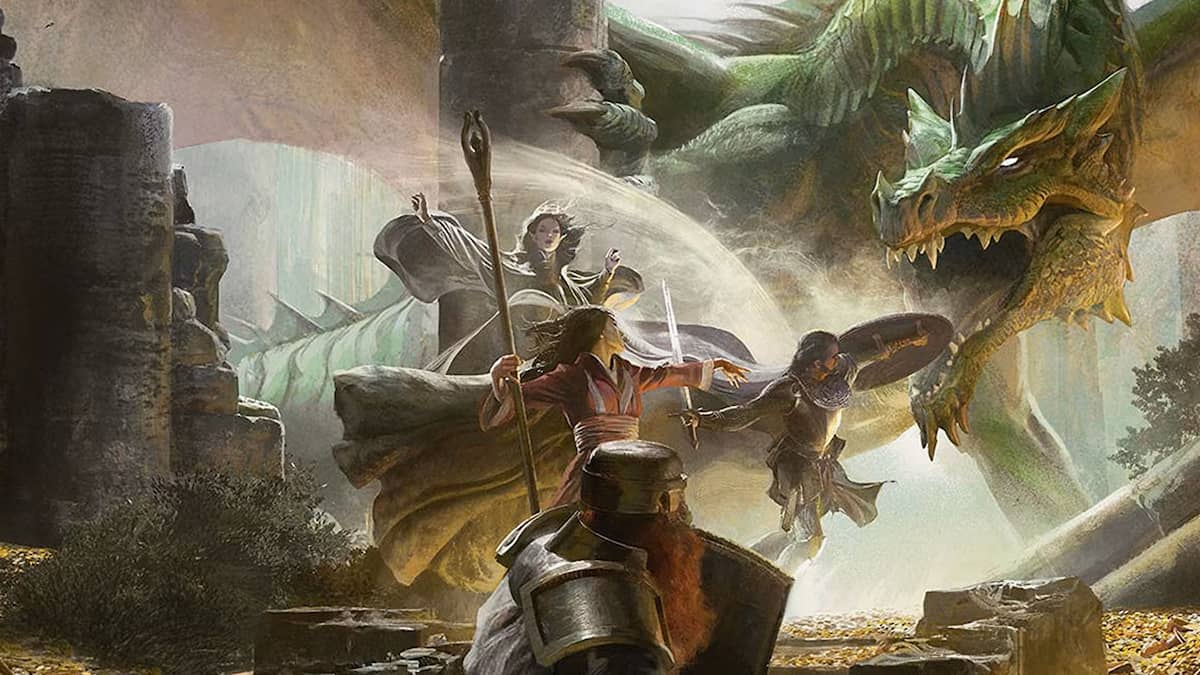
Published: Jun 26, 2023 12:21 am